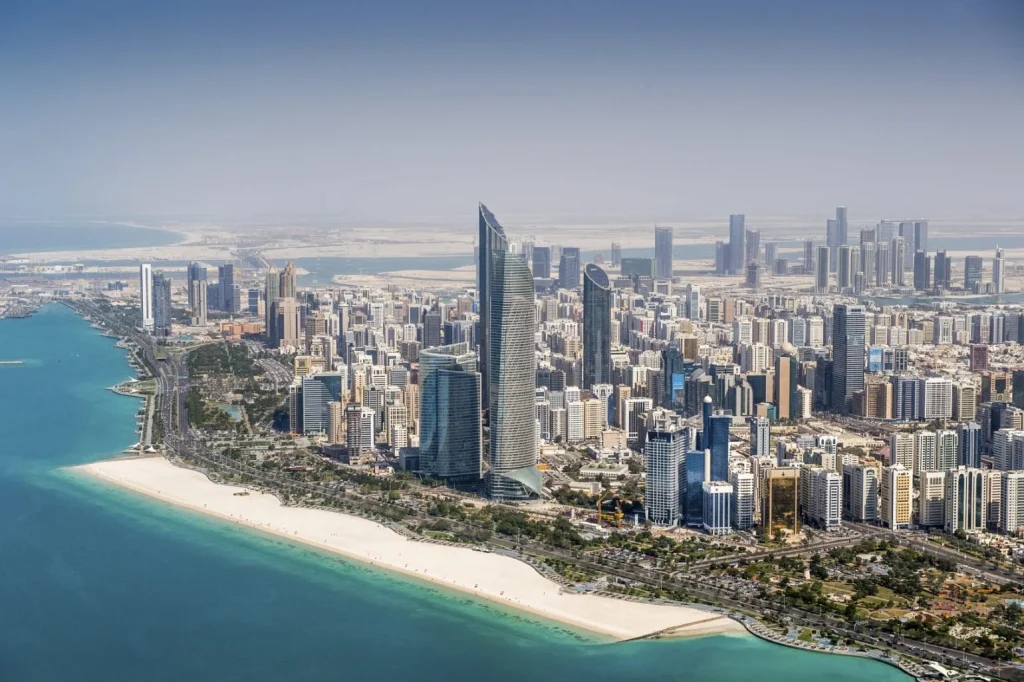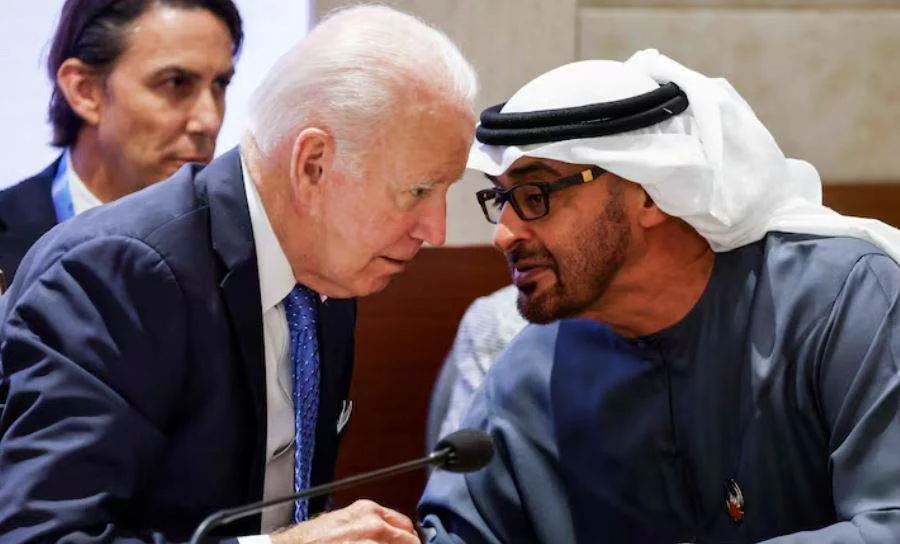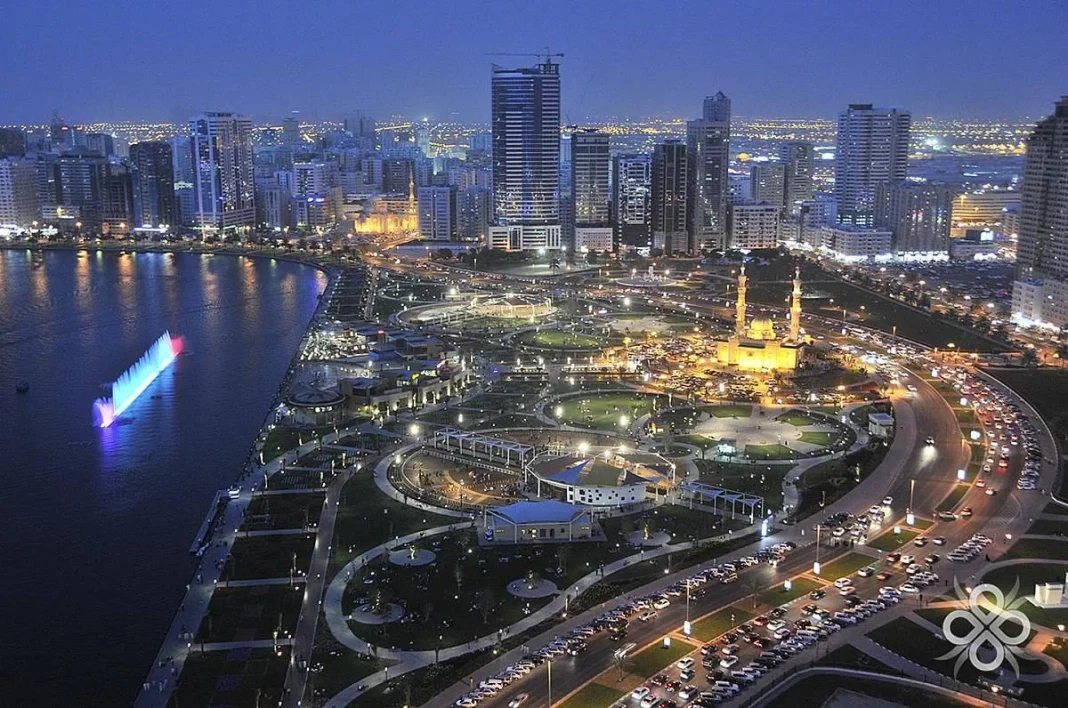The relations between the United Arab Emirates (UAE) and the United States have evolved significantly in recent decades. What was once primarily focused on oil and defense has now transformed into a multifaceted collaboration encompassing various strategic sectors. This evolution reflects the growth and diversification of the UAE on the global stage.
Anwar Gargash, diplomatic adviser to the President of the UAE, has emphasized that the partnership between the two countries is now a “360-degree relationship.” With concrete examples such as the presence of 60,000 Americans living in the UAE and bilateral trade of 50 billion dollars, it is clear that the ties between the Emirates and the United States go beyond traditional interests.
A strategic alliance beyond oil
The global economy has changed, and with it, the priorities of countries. The UAE has understood that relying solely on oil is not sustainable in the long term. Therefore, they have diversified their economy and sought new areas of cooperation with the United States, especially in technology, education, and climate.
Investments in technology are a clear example of this new direction. Agreements such as the one established between G42 and Microsoft demonstrate tangible advances in areas of innovation and development. These strategic alliances strengthen not only the Emirati economy but also the bilateral relationship with the United States.
Technological and educational cooperation in full growth

Collaboration in technology and education has become a fundamental pillar of the relations between the Emirates and the United States. The UAE has invested considerably in artificial intelligence and cutting-edge technology, seeking to position itself as a global center of innovation.
Additionally, educational and cultural exchange has increased. Universities and research centers from both countries are working on joint projects, promoting the exchange of knowledge and strengthening the ties between their societies. This educational cooperation is vital for mutual development and prosperity.
The geoeconomic approach of the Emirates
Anwar Gargash has highlighted that the UAE is in a “geoeconomic” phase, focusing on the economy and prosperity as drivers of its foreign policy. This means that, without ignoring regional challenges, the country prioritizes economic and technological opportunities that benefit its population and strengthen its global position.
This approach does not minimize the importance of issues such as peace and stability in the region. However, the UAE considers investing in the economic future essential to face any challenge. Economic diversification and investment in key sectors are central strategies in this new stage.
A promising future in bilateral relations

The upcoming official visit of Sheikh Mohamed bin Zayed to the United States symbolizes the strengthening of this 360-degree relationship. It will be the first official visit of a UAE president to the White House, marking a milestone in bilateral history and opening doors to new opportunities for collaboration.
During the visit, topics such as the war in Gaza and other regional developments are expected to be addressed. However, the main goal is to invest in the future through a shared economic and technological vision. Areas such as climate, space, and education will be fundamental in the discussions.



